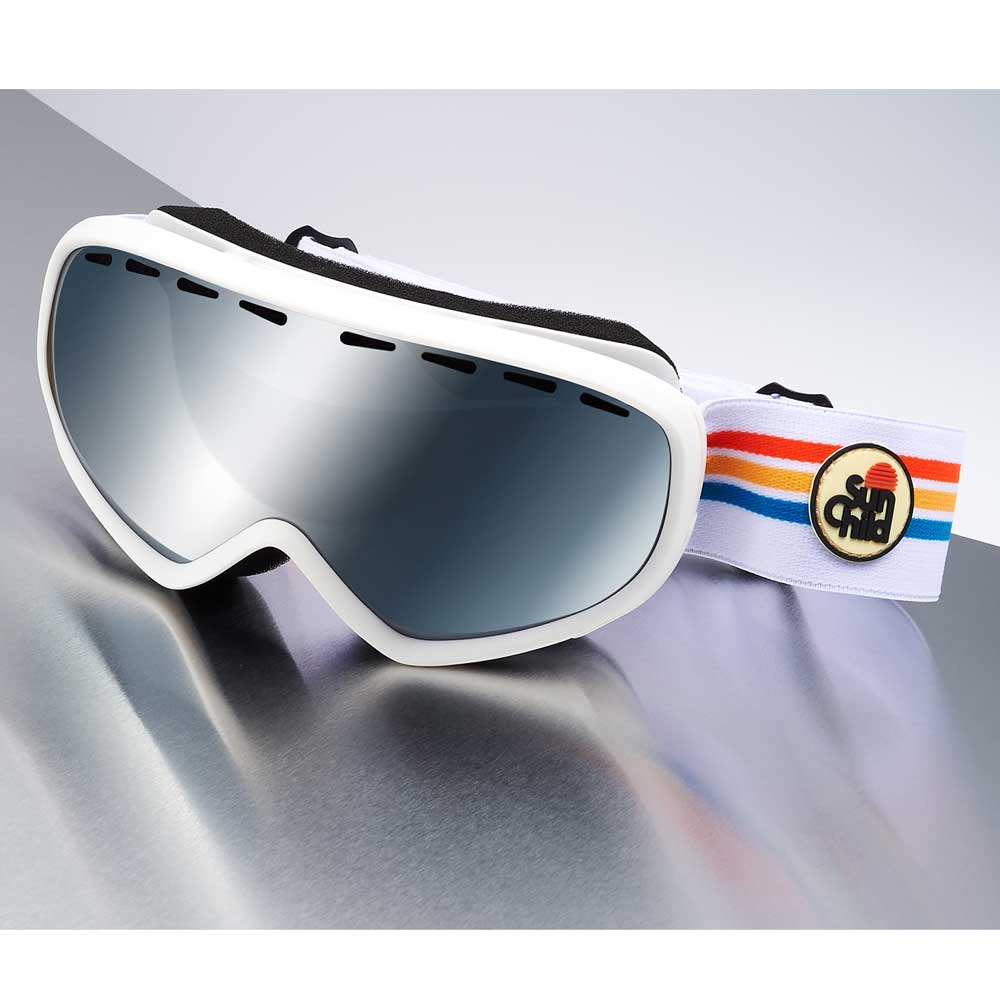How to correct presbyopia?
ALL ABOUT PRESBYOPIA GLASSES
- What is a single vision lens?
- What is a progressive lens?
- What is a bifocal lens?
- What is a sliding glass?
- Why reading is not comfortable with progressive glasses when lying down?
- Can I work on a computer with progressive glasses?
- Can I work on screen with degressive lenses?
- Can I work with presbyopia loupes or single vision lenses on screen?
- Since when do presbyopic lenses exist?
- Is my vision the same with contact lenses as with glasses?
- Can I wear lenses for screen work?
- Why is depth of field important?
- Can presbyopia glasses be worn with contact lenses?
- I read or work outside and I need solar presbyopia glasses
- Is it possible to read lying down with Varionet digressive lenses?
- Are there do-it-yourself glasses with degressive lenses?
- I am a musician and I have trouble seeing my scores, are mid-distance glasses useful to me?
- I read or work outside and I need solar presbyopia glasses
- What is the centering measurement of the lenses on the pre-mounted glasses?
- Which presbyopic lens is best suited to sedentary work in front of a screen?
- What is the benefit of mid-distance lenses when I am at my desk?
A single vision or single vision lens is a lens that allows you to see well over its entire surface from close to 40 cm. It is the type of glasses that are mounted on half-moons or frames that are generally worn on the tip of the nose to have near vision and clear distance vision.
It is a near vision lens that gives you a wide range of clear vision for reading but must be removed to look further.
A progressive lens is a lens that has 3 main invisible zones in order to see clearly at all distances. The top of the lens is suitable for distance vision (5 m and more), the central part of the lens is intended for intermediate vision and the bottom of the lens allows clear near vision. This type of lens, created around fifty years ago by Essilor under the name Varilux, is still at the center of optical research to provide more comfort and clarity to presbyopes.
A bifocal lens is a corrective lens for distance vision with a patch on the bottom of the lens for near vision. With this equipment, the presbyopic has good distance vision, good near vision but no intermediate vision. This lens is used less and less because it has been replaced by progressive lenses. With this glass, computer work is impossible.
A digressive lens is a near vision lens with depth of field. This lens is designed to have clear and precise vision for writing, reading at 40 cm and office or computer work... It offers a stable and wide near vision zone as well as vision intermediary of its comfortable close environment. This lens, also called mid-distance lens, proximity lens, computer lens, etc., is the ideal solution for having a wide and deep range of comfortable near vision.
Attention, being a near vision lens, it should not be worn for distance vision (driving, sports, etc.)
On progressive glasses, the near vision zone is at the bottom of the lens and is narrow. When we are lying on our backs or on our sides, it is physiologically difficult to aim in this corridor. The only solution: read seated with progressives or use another pair of glasses reserved for near vision.
Working on screen with glasses equipped with progressive lenses is not always easy. Depending on the height and distance from your computer, you must raise or approach your head to be in the appropriate viewing area. This causes neck, back and shoulder aches… the ideal is to have a pair of specific mid-distance glasses for computer vision: degressive glasses.
Yes. This is the best solution to benefit from a wide range of comfortable near vision and a large field in intermediate vision. The softness of its design provides visual well-being and physiological comfort; with this glass, no more bad postures in front of the screen. For more comfort and to reduce the effects of fatigue related to screen work, a special "blue light" anti-reflective treatment is strongly recommended.
It is very difficult to work on a computer with these glasses; single vision presbyopia lenses give you clear vision at a close and unique distance; it is then almost impossible to have its clean keyboard as well as its screen.
Lenses correcting presbyopia have been around since the 1970s; they were rigid lenses. With the evolution of contactology technologies, soft progressive lenses appeared around 1990 and were widely democratized. Currently, the majority of presbyopic lenses sold are frequently renewed (so-called disposable lenses). These lenses are primarily multifocal lenses; they correct a visual defect from afar and presbyopia. Few people wear lenses that only correct presbyopia.
A good lens adaptation makes it possible to obtain in most cases a visual acuity similar to that with glasses. On the other hand, we often notice a reduction in contrasts. This being very subjective, it is best to inquire with your ophthalmologist and optician for a possible test.
It is quite possible to work on screen with lenses. With multifocal lenses, intermediate vision is even more comfortable than with progressive lenses. On the other hand, do not forget to blink your eyes in order to hydrate them as well as the lenses. The fixation effort provided during screen work reduces the frequency of blinking of the eyelids and causes ocular dryness and discomfort. You can also use artificial tears.
It is this depth of field that provides comfort and optimal vision in intermediate vision. It is due to a degressive near vision correction on the top of the lens. The glass is more convex at the bottom; I see better very closely and less convex on the top I see well at 80 cm. This power difference is small and soft, mid-range depth-of-field lens wearers have no difficulty adapting to it.
In some cases, far and near vision cannot be corrected well. A contact lens wearer is "emmetropized", it is as if he had no visual defect from afar. Proximity glasses are therefore recommended in this case, they will provide clear vision and comfort up close.
Proximity glasses also exist in a solar version. Depending on your leisure or professional activity, these glasses will allow you to have precise near and mid-distance vision while being protected from glare and the harmful effects of UV rays.
Glasses fitted with Varionet proximity lenses are ideal for reading easily while lying down. With a wide range of near vision, reading lying down is easy and comfortable.
Secure do-it-yourself glasses equipped with degressive lenses exist; they allow you to saw, grind, garden, tile or paint while being protected and maintaining a clear view of your tools and your immediate environment. These glasses are available with white lenses or sun lenses.
Proximity glasses are very useful in this case. They allow you to clearly see your instrument: piano, keyboard, guitar, flute, violin... and your scores generally located 80 cm from your eyes. Mid-distance lenses with few aberrations and a large intermediate field of vision will bring you more comfort and sharpness than progressive lenses.
Proximity glasses also exist in a solar version. Depending on your leisure or professional activity, these glasses will allow you to have precise near and mid-distance vision while being protected from glare and the harmful effects of UV rays.
The fitting measurements for proximity lenses are the standard near vision pupillary distances, i.e. 62 mm for men and 59 mm for women. In the majority of cases, these glasses are suitable for everyone, especially on weak visual corrections.
Glasses that are not correctly centered can cause discomfort but in no way a pathology; there is no risk of damaging the eye or contracting an ocular pathology.
The most suitable glass is the degressive glass; This close-up depth-of-field lens was designed in the 1990s to meet the demands of screen work and is called “computer” lens in Anglo-Saxon countries and by some French glassmakers.
Degressive lenses are also recommended by occupational medicine to overcome the side effects associated with wearing progressive lenses.
Sitting at my desk and wearing proximity glasses, I can clearly see:
- my documents, my pen, my keyboard at 40 cm,
- my screen located 60-80 cm away
- my interlocutor at 1 or 2 m depending on the correction and the degression of the glass.
All without having to constantly put on and take off my glasses or contort myself to see well.


